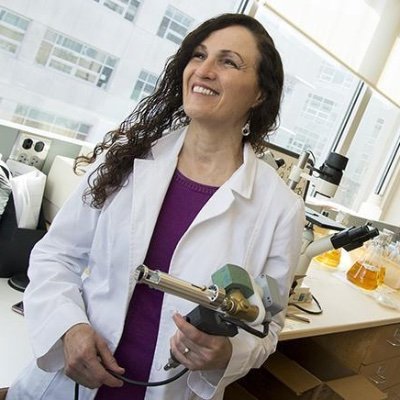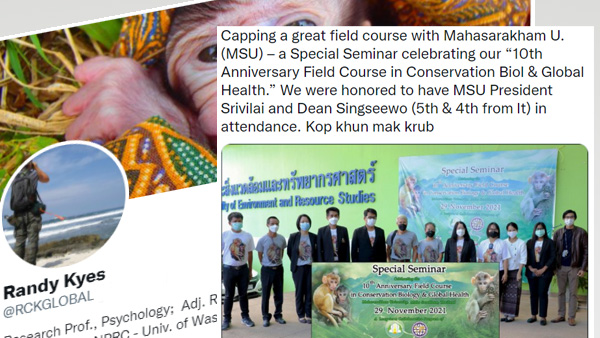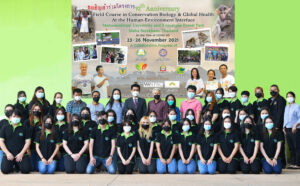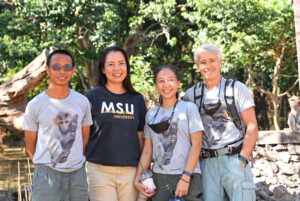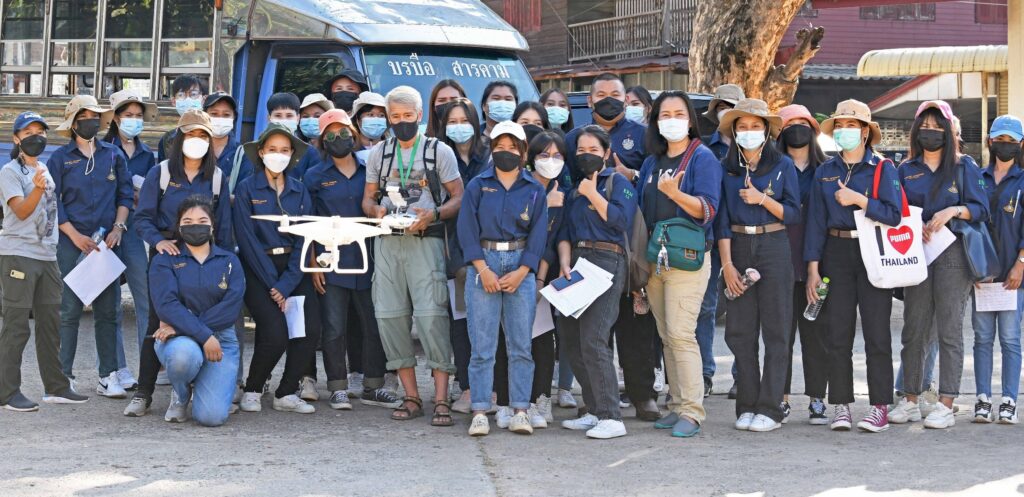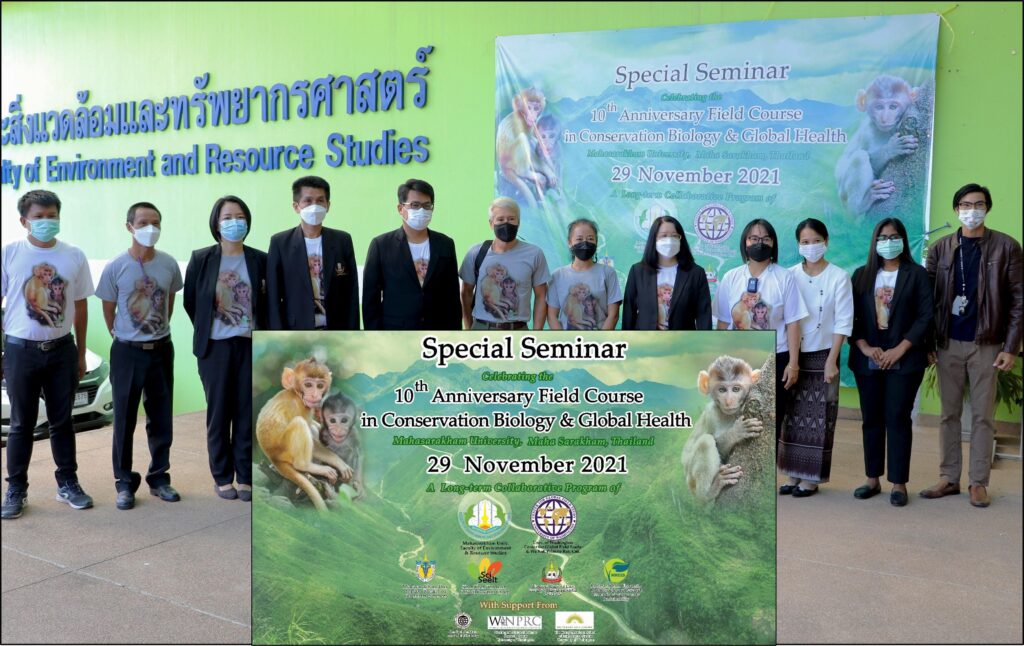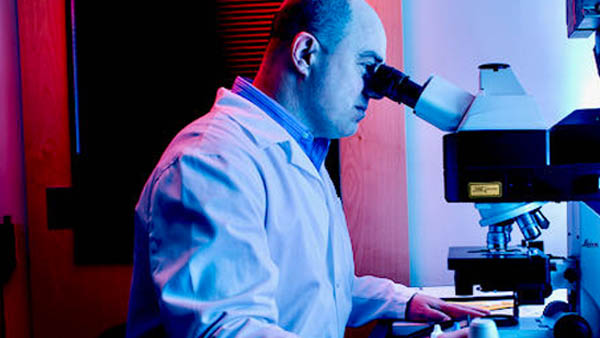Primate Center core staff scientist, practicing OB/GYN and mom is leading the effort against COVID-19 vaccine misinformation around pregnancy
KING TV: UW doctor fights COVID misinformation targeting pregnant women
By Eric Wilkinson
SEATTLE — The internet is filled with websites spreading lies and misinformation about COVID-19. A quick Google search finds page after page of articles downplaying the effectiveness of
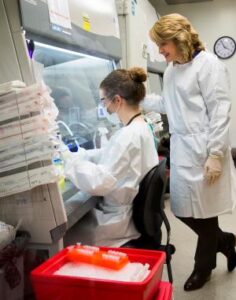
vaccines.
“They say the data shows COVID vaccines are a spectacular failure. In reality, it’s exactly the opposite,” said UW Medicine OB/GYN Dr. Kristina Adams Waldorf.
She sees the effects all the time with her patients.
“Like many, I’ve become tired of the misinformation and I find it’s really hard to battle this,” she said.
The breaking point for Adams Waldorf and her colleagues was last summer when 15 unvaccinated pregnant women in Mississippi alone died from COVID.
They knew they had to push back on the misinformation killing moms and their unborn babies.
“We now know that the COVID-19 disease increases a pregnant woman’s chances of dying 22 times and the vaccine is protective for this,” said Adams Waldorf. “That’s an incredibly important piece of information women need to know.”
Adams Waldorf launched a social media campaign called One Vax Two Lives and a website called onevaxtwolives.com. It’s dispelling many of the myths – like the vaccine is “experimental” and not safe for pregnant women or their fetuses.
According to Adams Waldorf, scientists have been studying mRNA vaccines for 20 or 30 years.
“We know so much about them it’s absolutely incorrect to say this is an experimental vaccine,” she said.
Some of the misinformation has a kernel of truth – like the fact that the vaccine alters a woman’s menstrual cycle.
“That’s actually true, but it’s true by only one day,” said the doctor. “So a 28-day menstrual cycle becomes a 29-day menstrual cycle, which is within the spectrum of normal, and it’s temporary.”
One thing Adams Waldorf said is very true about some of the misinformation sites is the profit motive. Many of the sites have direct links where readers can buy unproven and sometimes dangerous treatments. Continue reading…
